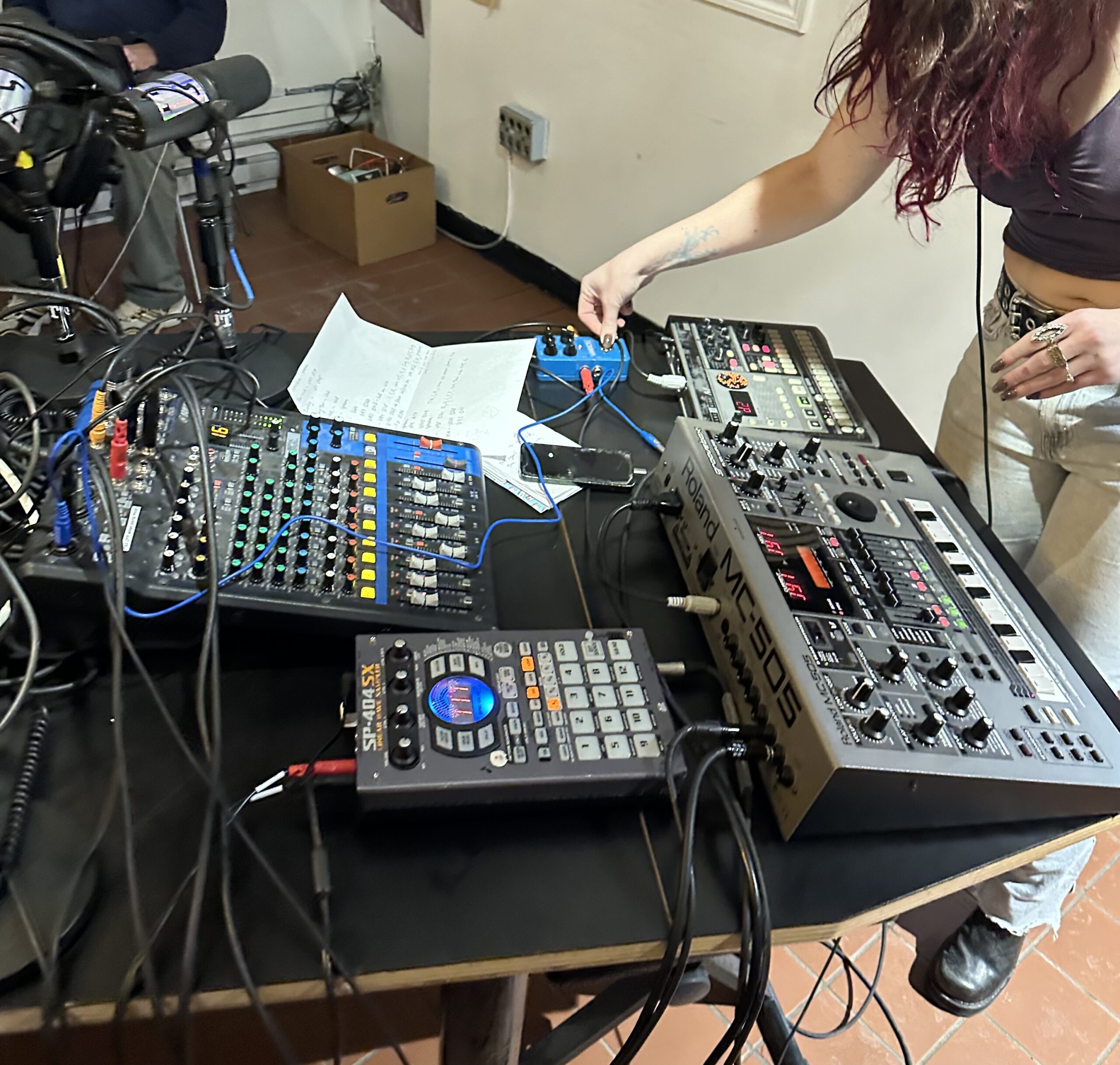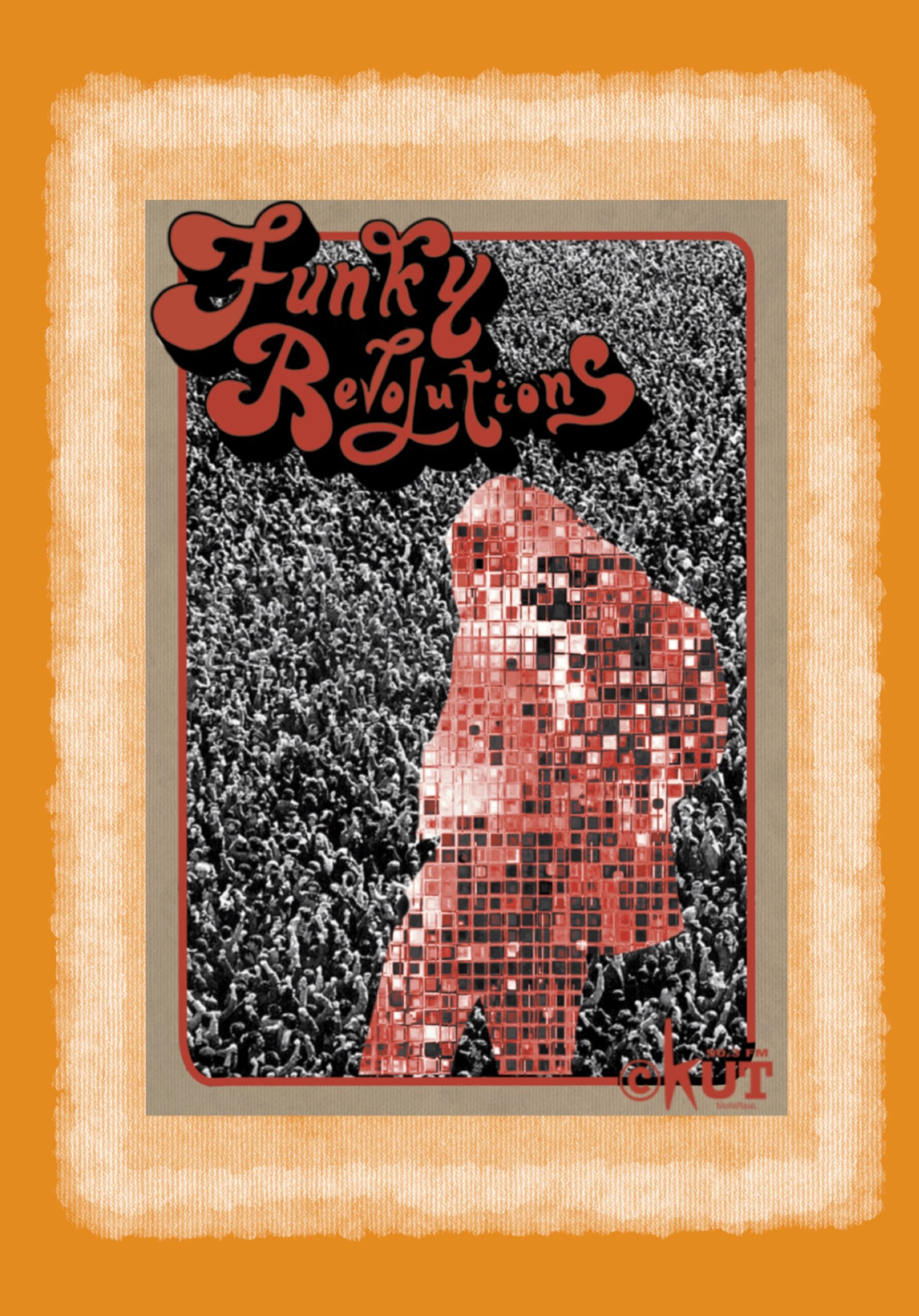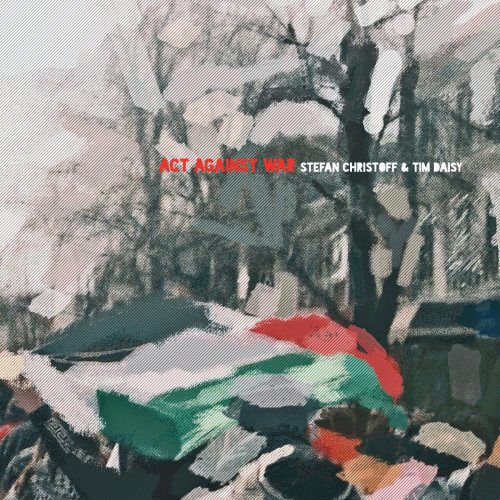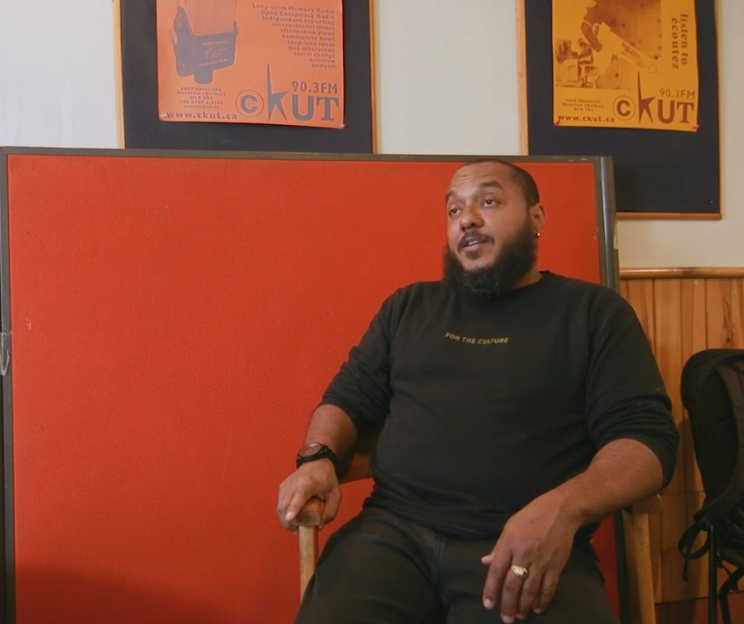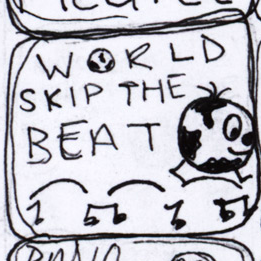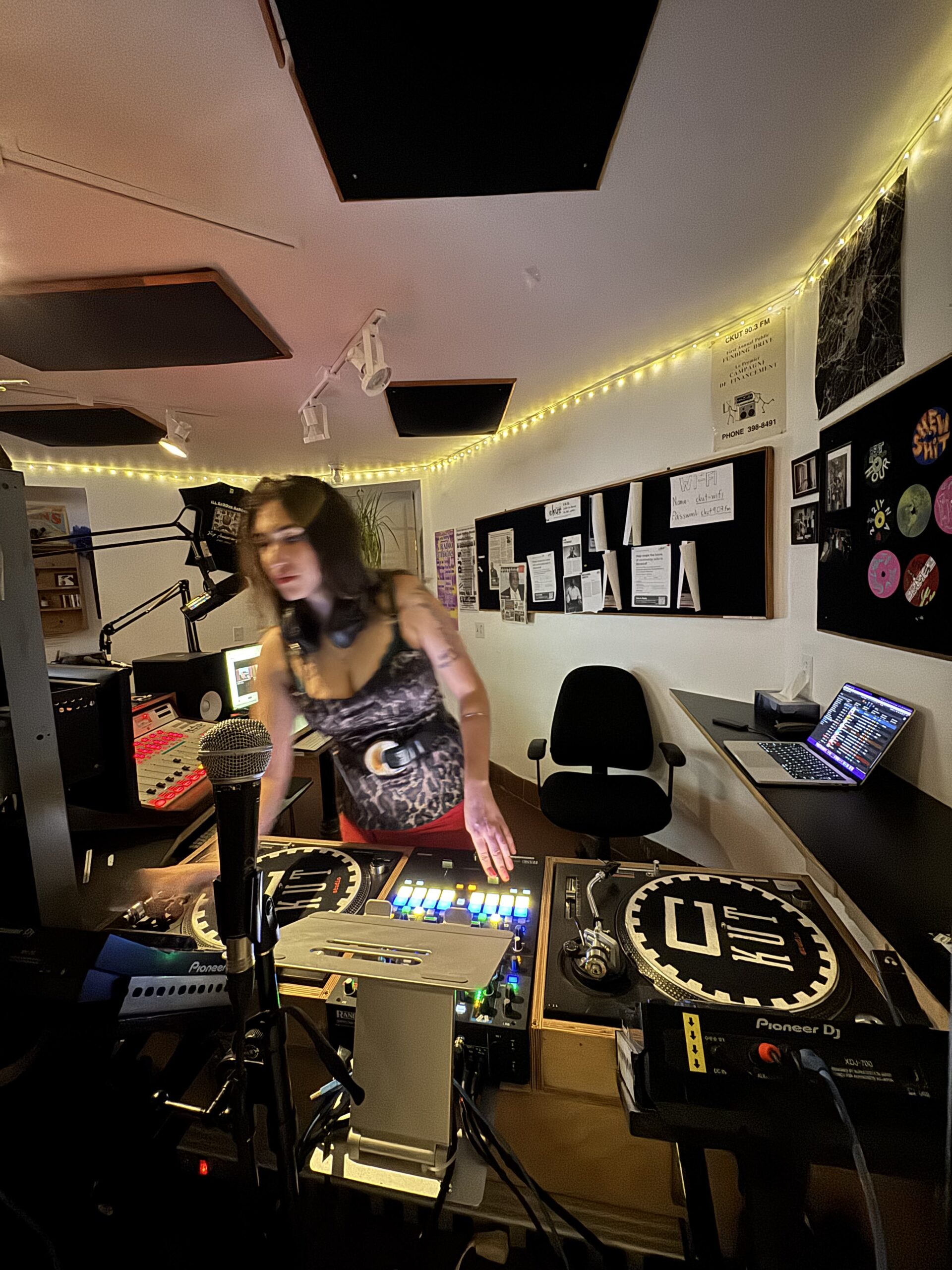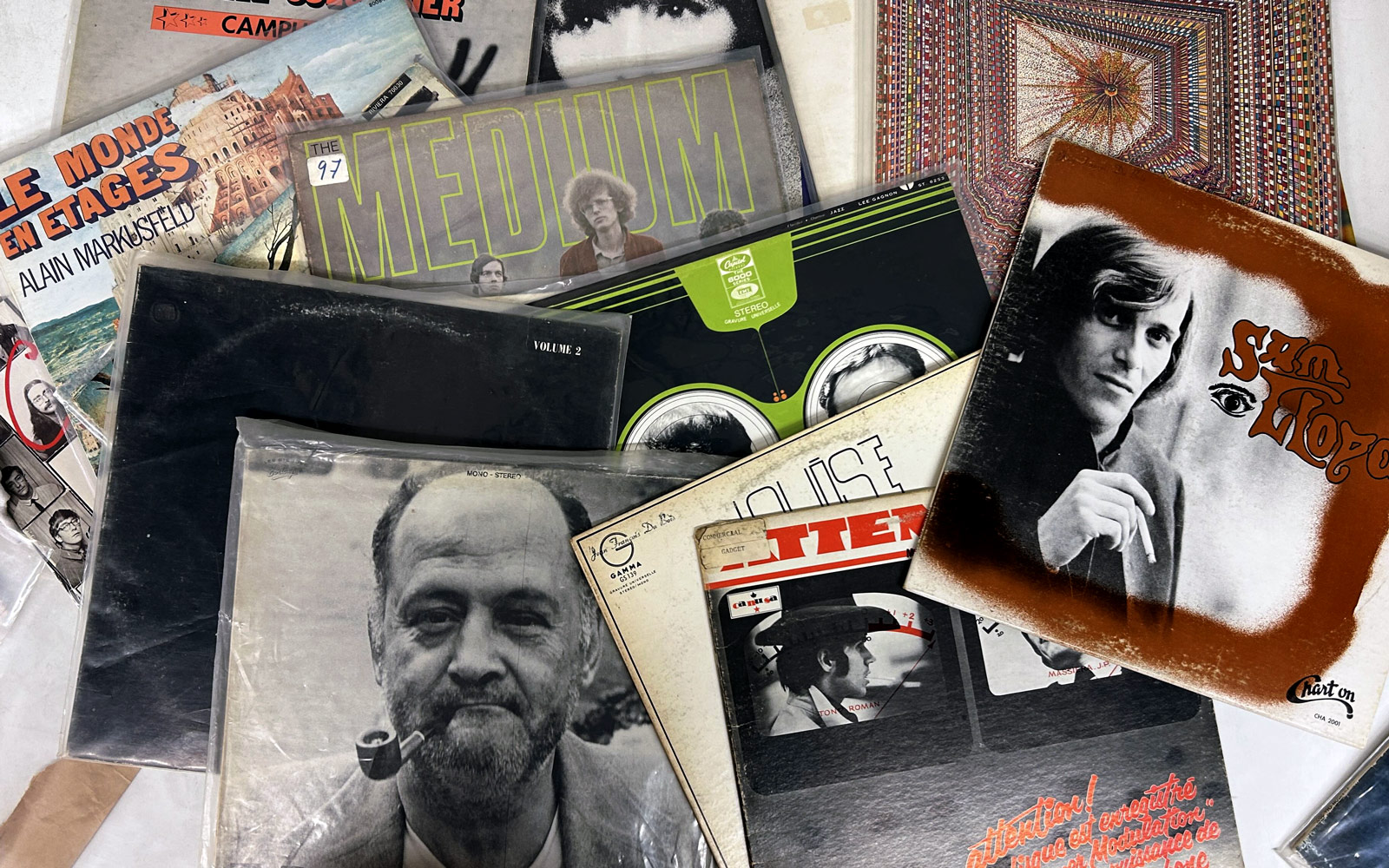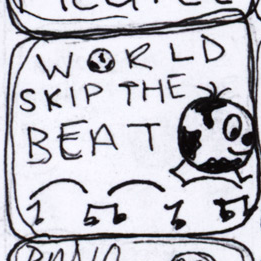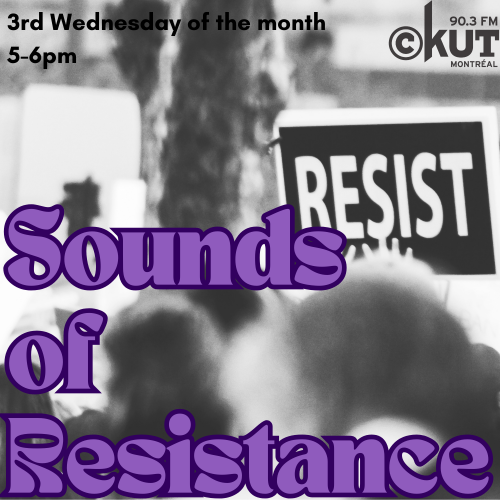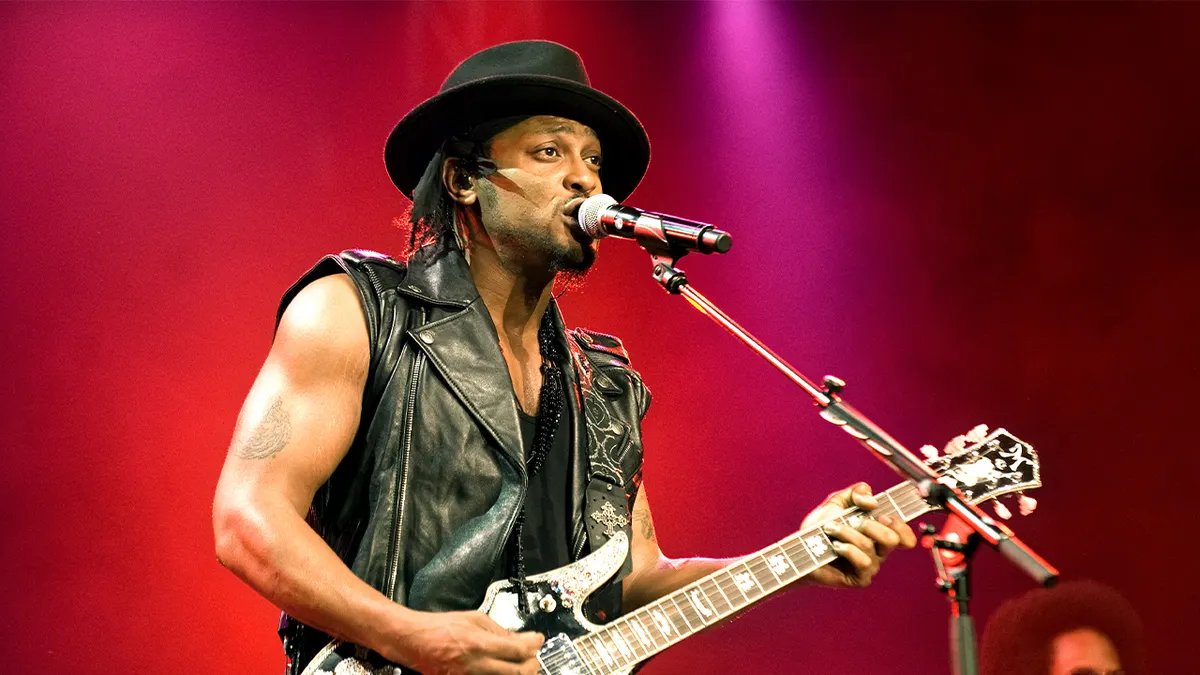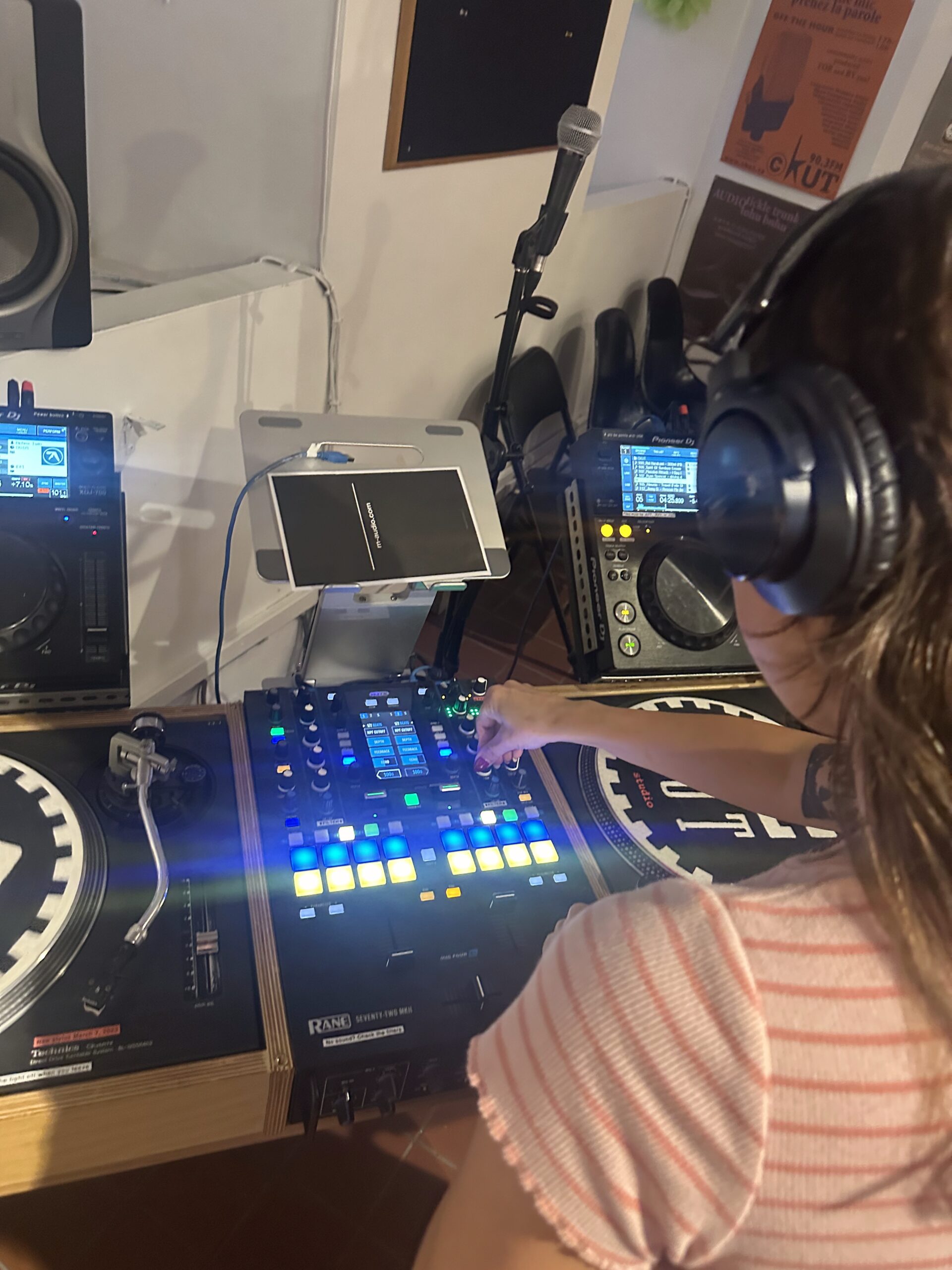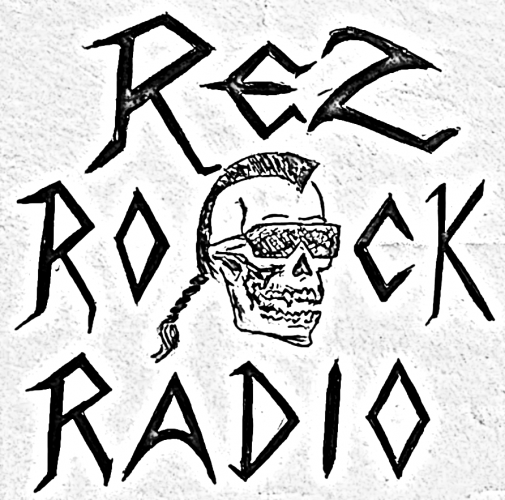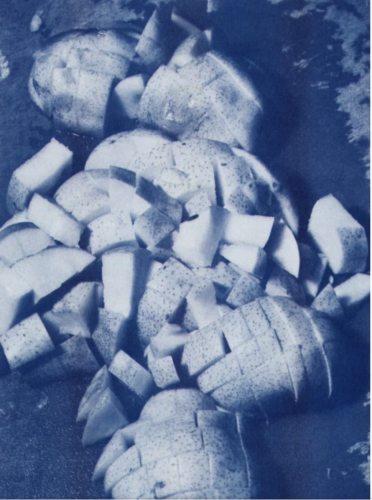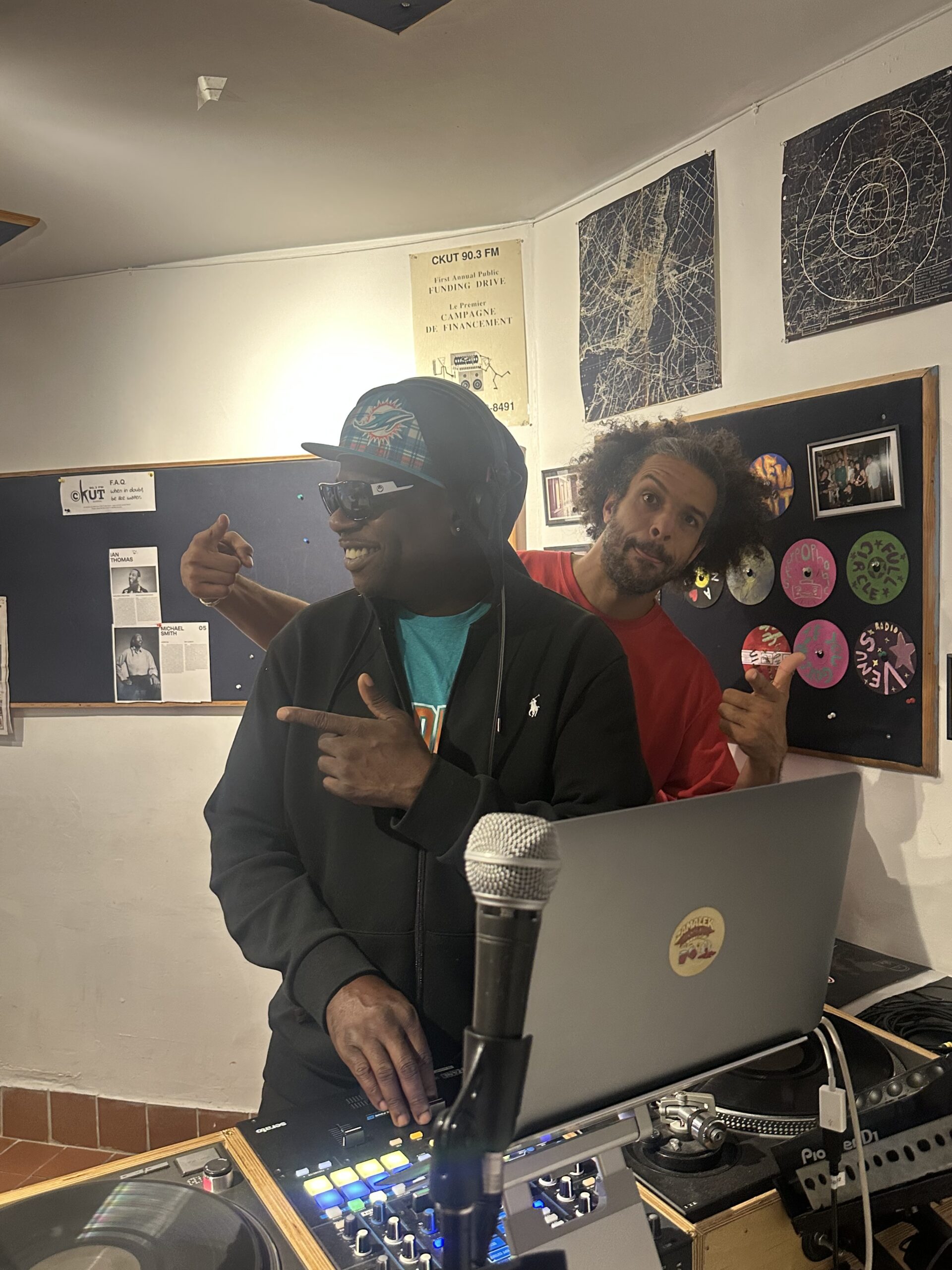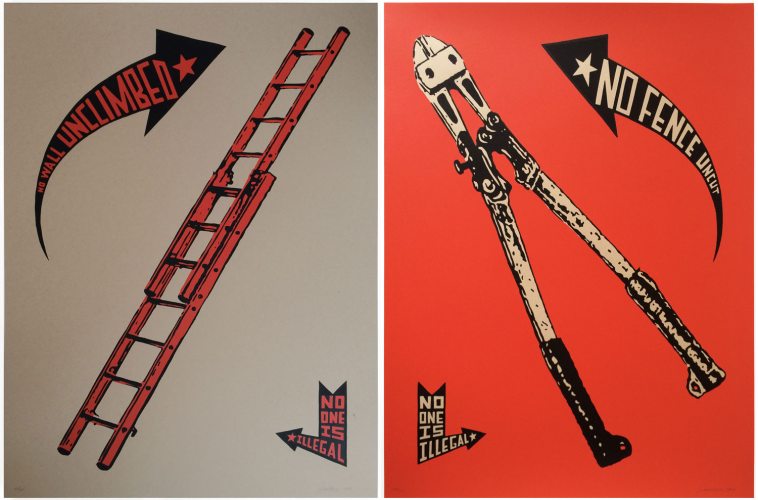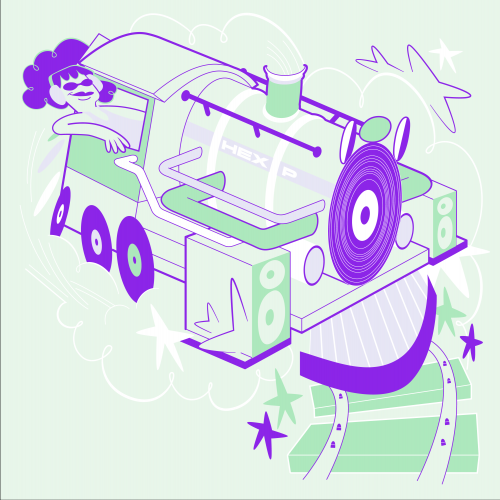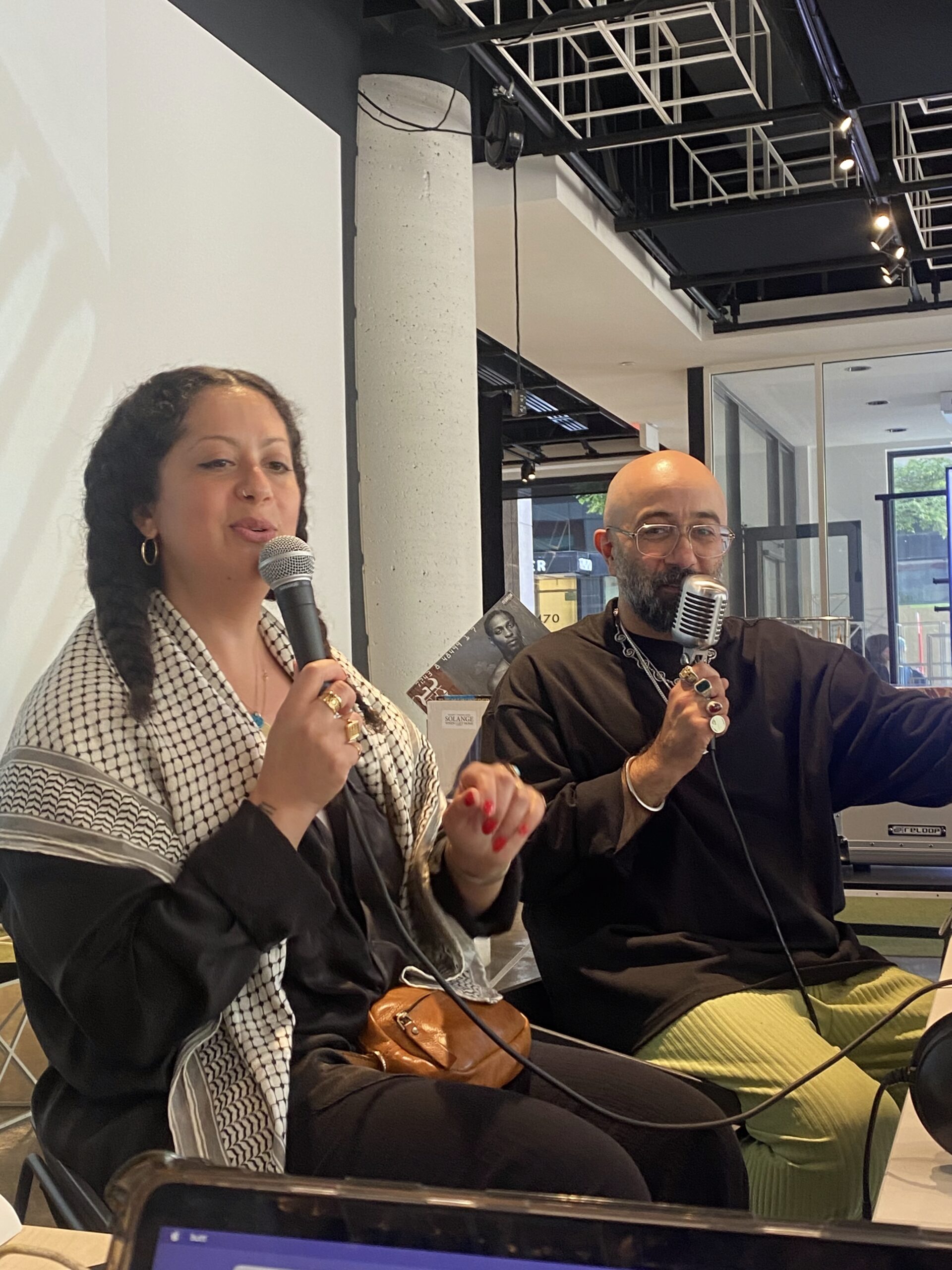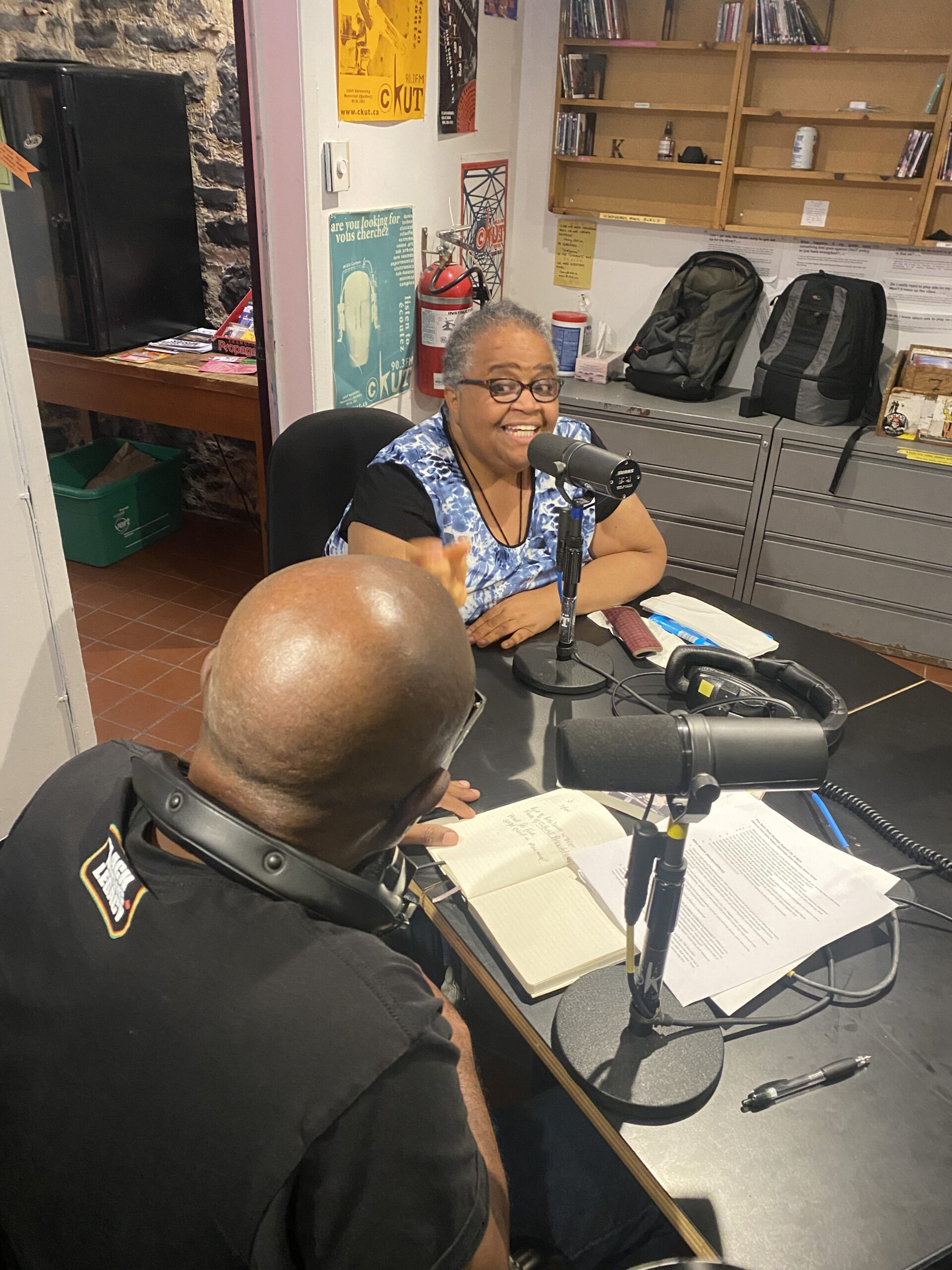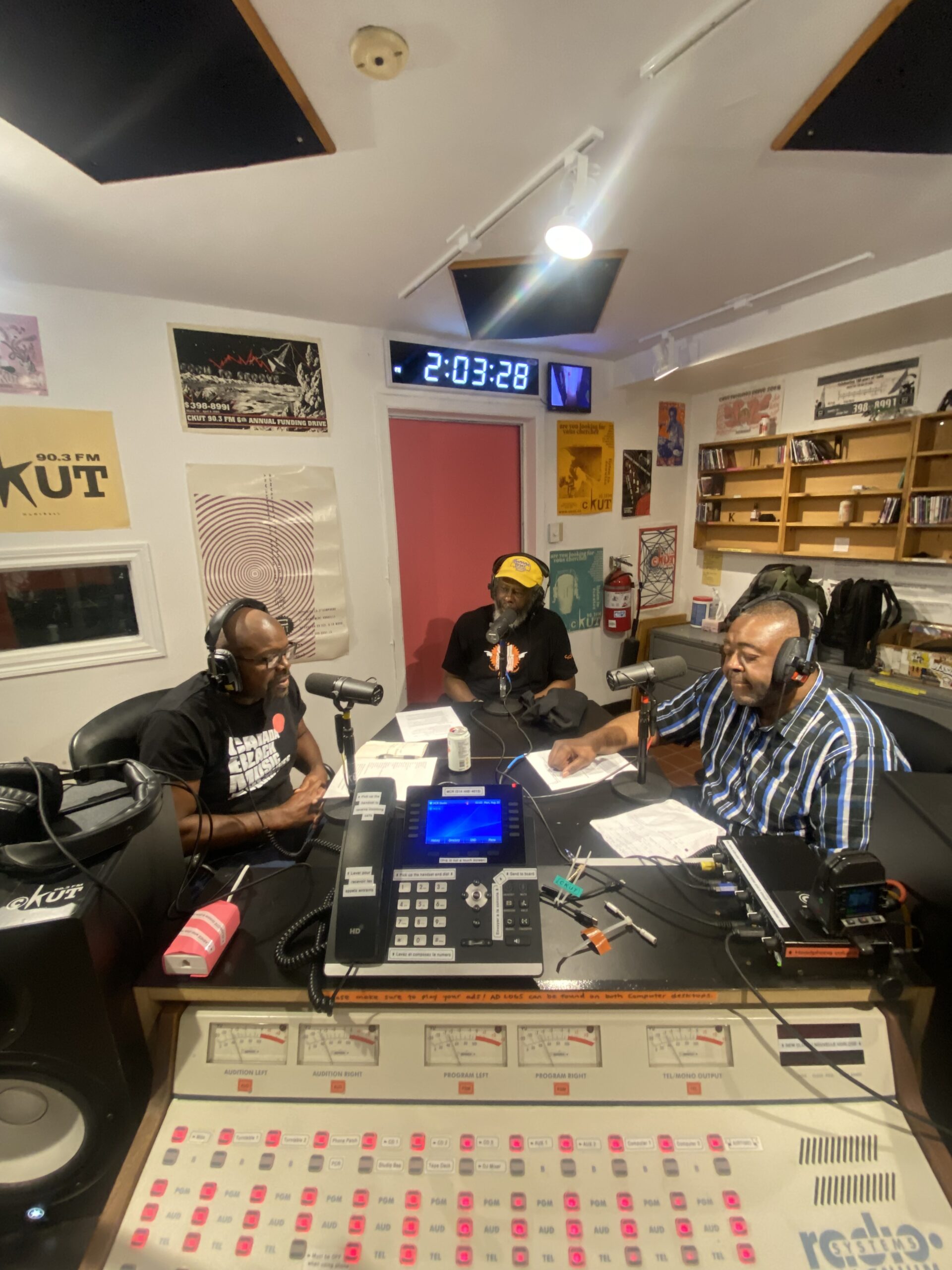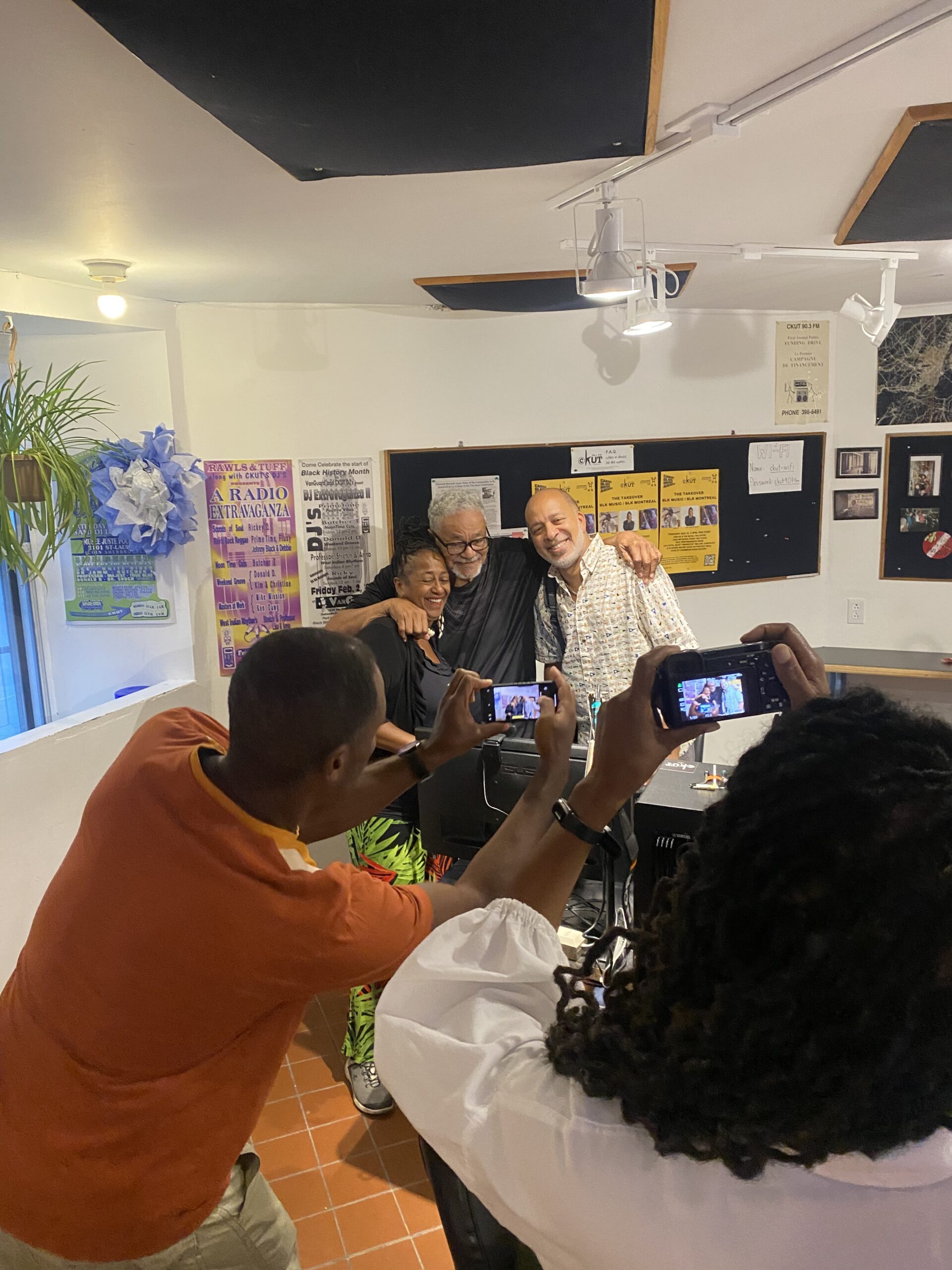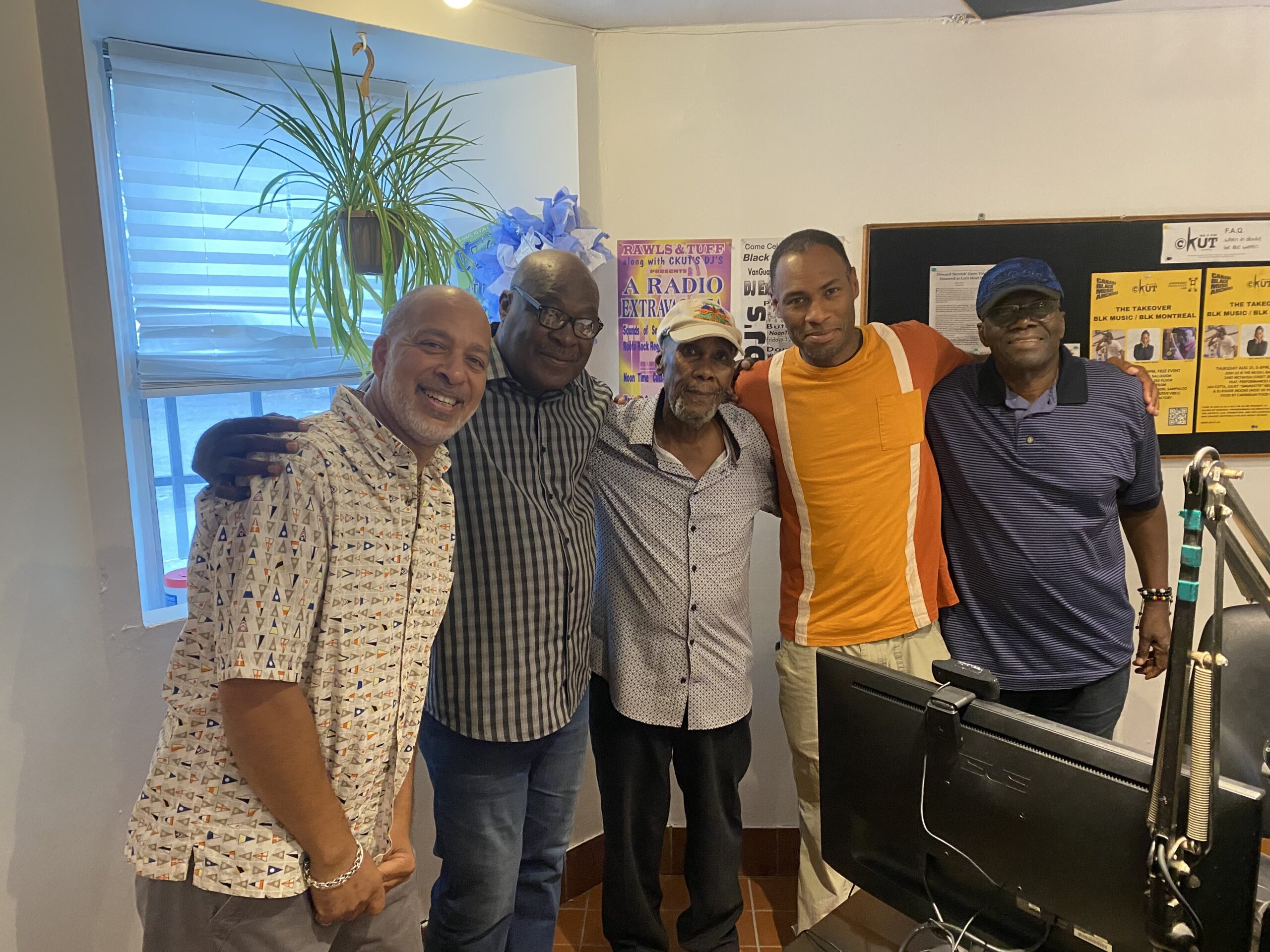A conversation between Stefan Christoff and Jarrett Martineau
This year I had the chance to release an album with Jarrett Martineau who works on many projects, including the music, sound-based project Ritual Purification, we had been sharing materials online and also connecting in person, seeing each other in different cities in the year building up to the release.
Video artist and filmmaker Guillaume Vallée worked on a beautiful, glitchy and interesting work to accompany Atavistic Rites, one of the pieces on the album. Right now we are walking and recording this conversation in Montreal, Jarrett was visiting town for the MUTEK festival in August 2025. – Stefan Christoff.
Stefan: Jarrett, the first thing that I thought to highlight in terms of contextualizing our duet project, would be to look at your current sonic practices and to learn more about it.
Could you speak about this exploration that you have taken, the textures in sound, you are doing this work in different projects. This sonic work of course is present on this collaborative release we worked on, A Turbulent Sky, but it is also clearly a deep part of your sonic practice right now through Ritual Purification.
Jarrett: It has been a bit of a discovery for me that has been taking place while I enter into the worlds of this particular type of noise and sound.
I feel like it has been in many ways on the periphery of my music and sound experience for many years, having made music in many different ways over time. But something happened a few years ago, I still don’t really have the words for this, often than, something like ‘I was instructed to do this.’ I really don’t have words to describe it another way. I was instructed to make the kinda noise that I am making now and I say this with real clarity in the messaging, but also with really no sense of what that meant at the time, or even now, exactly.
So this process has led to a several year exploration of going very deep into the practice and also experimentation, the learning of all the ways, in terms of the ways that this approach can be configured into a sound making practice. It has been a very deep personal process. There is a spiritual component to this, a part of this sound making, that has been surprising to me because many people around me, maybe yourself included, don’t necessarily have a relationship to noise music, or consider listening to it regularly, but all of that has not been a consideration for me at all.
It has been such a personal project for me, all the things that have happened, the fact that the work is going out and living in the world, in different spaces and even fostering collaborative projects like the one we had done, wasn’t the focus at the start. It was purely the investigation of this thing that I was compelled by and told to do, this has led to all sorts of incredible and amazing incarnations and manifestations, including our collaboration.
Stefan: I am thinking about what you have shared and the term, living practice, comes to mind. In regards to many creative and cultural practices the important thing comes down to actually doing something, physically, to experiment and through that process there is a lot of growth and relationships that build out of that initial dive, as it were, that decision to be in the water.
Jarrett: That’s been a huge part of it for me and that has been central to launching the process, while of course it has led to a lot of friends and collaborators to come inside and share in the space of that making, which has also been cool. I have worked with some friends who have not been in that world at all, noise music, sonically at all, but similarly the practice element has been very illuminating in terms of being open to what the practice holds for us, as artists and why it is valuable to create things.
Stefan: Some thoughts come to mind now, when reflecting on our other conversations, in terms of other exchanges we have had around practicing on the land and seeking to understand how a practice based relationship to the land is important. Being in a space, on a territory and creating something while understanding the meaning of that land.
This thought can relate to the ways that broader political work, around Indigenous sovereignty, revolves around being aware of the land and the importance of being in a place, being on the land. I think this kind of idea also connects to Palestine, as we are watching and also acting as much as possible here in opposition to the Israeli state’s genocide in Gaza.
It seems that at the core of what is happening in Palestine is this colonial framework, manifested by the Israeli state, that says that Palestinians shouldn’t be allowed to exist on their land on their terms, and part of attacking this flow between Palestinians and the land of Palestine, is to attack people directly. This of course means attacking Palestinian artists who are working on the land, painter Malak Mattar spoke about this.
I know that a part of your practice has been in culture and also thinking about lifting up that idea that here, in the ‘Canadian’ context, there is a totally different relationship to land and territory that is Indigenous and is difficult at moments to put into words, as it is beyond the current framework of reality making enforced by the Canadian state and economic system.
Jarrett: Exactly. One thing that has been a part of my practice in the Ritual Purification sound world, that is directly connected to what you are talking about, is the fact that I use a lot of field recordings in my work and a lot of those come from particular cultural sites and cultural work that I have been doing, or from particular places where I have been invited to perform. So that part of the practice is based on an understanding that no matter how manipulated or transformed the sounds are deeply present, that for me, is a cornerstone.
So for example, when I am in New York, playing a piece that is based on a sonic formation of recordings from my home territory of Treaty Six [background], say for example a recording from being out on the land there, that really means something. So even if to the listener there isn’t necessarily a legibility to that particular place, or thing, that the sound still holds, in some way, the land and gives voice to the land that I am connected to until today as an Indigenous person.
I think that in respect to this through line that you are drawing and making, to the ways that today the denial of that place, of that presence of people being on the land, their land, is impacting Palestinians. So I think in that respect there is both a move on the part of the Israeli state to break that connection to the land and also to attack the voices of people from the land of Palestine, we are seeing this in every possible way, in all spheres right now, in Gaza.
Stefan: Treaty Six land, you mentioned, so for anybody hearing this from outside of so-called Canada, can you please locate us?
Jarrett: Yes. So my home community is Frog Lake Cree Nation, which borders Alberta and Saskatchewan. I have family in Cold Lake as well. Treaty Six is one of the numbered treaty areas that covers a lot of northern Alberta and that is where my home territory is.
Stefan: Maybe now let us talk about why this is important to you, a bit more, why practicing with sounds from territory, your Indigenous territory?
Jarrett: I think that one of the things that I have been thinking about, as someone who moves between a lot of different spaces and this is something that I have talked about a bunch with elders that I work with, which is, as Nehiyawak we bring our culture with us wherever we are.
So I have been thinking a lot about what it really means to have mobility in culture. What are the actual things that we can carry with us and what are the ways that this process is rooted in language, but also ceremony and song?
Also, when you aren’t actually in proximity to that larger social version, the more communal version of that, I have been reflecting on the fact that it is important to figure out ways to actively carry the culture with you. So a part of that, for me, is actually to engage with recordings both from moments in my home territory and also where I am on the Earth generally, to work to reinforce connection to the land. This isn’t to make an archive, but as part of an ongoing practice of recording, of being present and of holding a living presence.
Stefan: Thank you for sharing this. I just wanted to say that I am very happy that you were open to taking that leap to make a collaborative work together. Thank you. Also you took some time to process recordings that I shared, piano recordings, you were working in Vancouver.
Maybe just as a bit of context to the sounds that people will hear on this album. How did that work for you? Can you describe the studio work a bit for people who listen to the album?
Jarrett: Yes. I have a studio in what is called the City Centre Motor Hotel, which was reworked into studios recently, that is now slated for demolition, but at the moment they have given over the former motel suits to artists, so I have my studio set-up there.
There is a lot of noise of construction and industry sounds, which bleed through and carry over into my recordings, some of which made their way into the recordings that are part of our collaboration for sure. These works are in part based on this idea of hyper-locality, of being present in the place you are in and with your surroundings.
What is interesting in our collaboration is that, in the sounds that we shared, these ideas did take hold sonically, so you shared some recordings that you had made with me in particular places and I had thought about those and worked on manipulating those sounds in another place. Despite geographical distance, the idea of place was very present.
Also, the whole project, A Turbulent Sky, isn’t only harsh noise contributions, on a couple of pieces there are longer ambient, synth based sonic arcs, that felt more related to the world of the piano recordings you shared.
This felt like an opportunity to basically just iterate the conversation that we had been having over many years as people, in a sonic way, through this exchange of sounds. I think that what has come is a melding of our different perspectives and sonic worlds.
Stefan: Respect. I appreciate that reflection and I am so happy to share this exchange with you and of course with whoever hears the album. This conversation is being shared in the context of putting out a video work by filmmaker and video artist Guillaume Vallée that accompanies a piece from our A Turbulent Sky.
